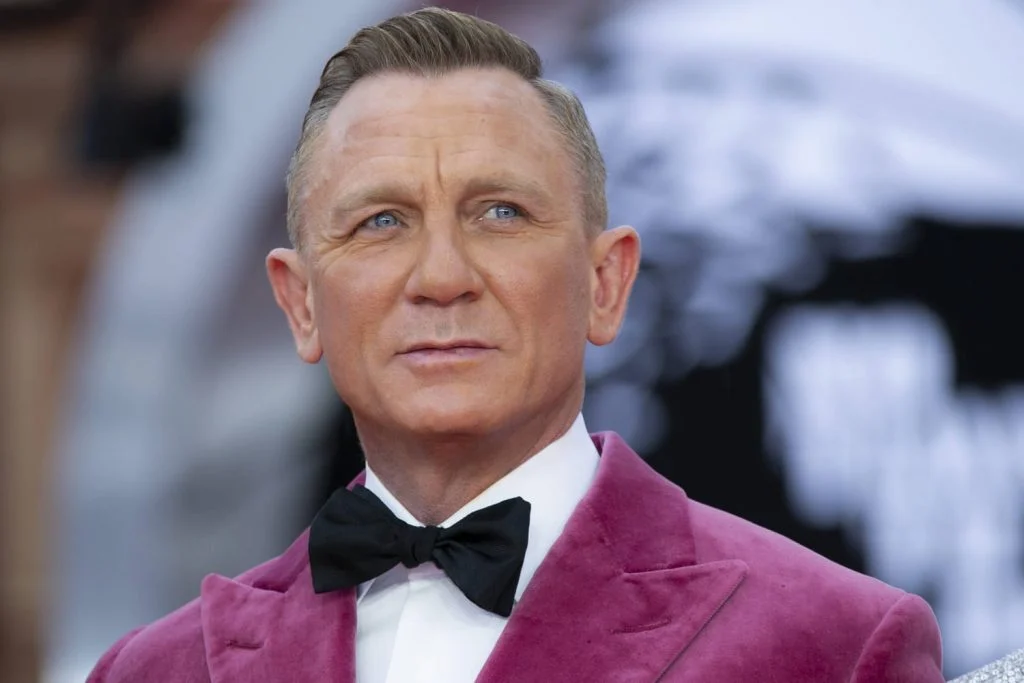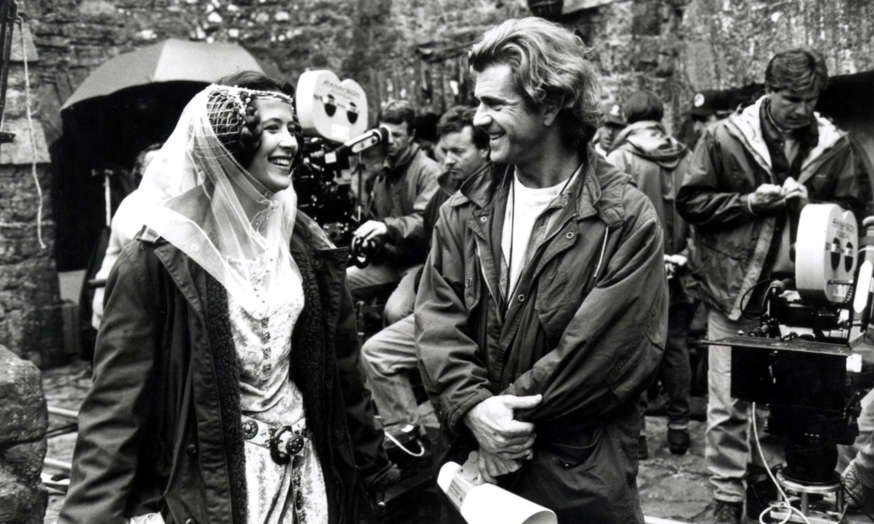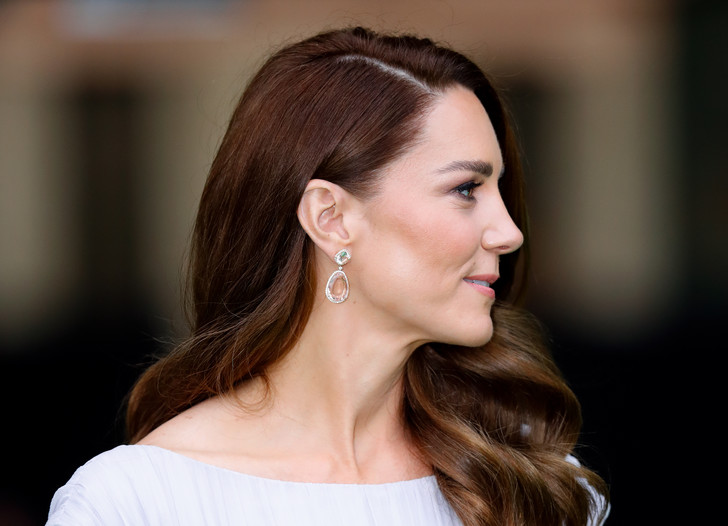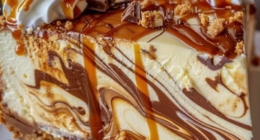You will be surprised, but the first trendsetters appeared long before the appearance of the term itself in our dictionary.
We all have a rough idea of who is considered trendsetters – people who set fashion, denote its trends. Today, fashion is contradictory, and this title can be obtained by everyone who enters the media space: actresses, singers, models, bloggers, artists, brides of princes. The famous prophecy of Andy Warhol came true, and now everyone has their 15 minutes of fame, in whose hands at the right time a smartphone fell.
But trendsetters are not yesterday’s invention. Parisian fashion at the beginning of the XX century was no less controversial than it is now. On the one hand, there are kokotki in love with Art Nouveau: ladies of light and half-light wore straight long dresses in the Empire style, the corsage of which was decorated with precious stones, embroidery, and other immodest hints of position. On the other – progressive young people, for whom ostentatious luxury has become one of the signs of the agony of the Victorian era. Suffrage women announced a boycott of uncomfortable clothes, actively introducing into fashion light sconces instead of hard corsets, simple dresses and even – the mind is incomprehensible! – loose sweatpants.
One of them quickly realized that such fashion is the future, and made convenience synonymous with their own fashion house. Her name is Coco Chanel. The singer from the third-rate cabaret had neither money nor desire to follow bourgeois fashion. She created her own, which after 20 years was followed by the whole of Paris. “The main trendsetter” is what the Great Mademoiselle would have been called in the glossy magazines of the time if they had only known the word. And they would be right!


The photo above: Coco (Gabriel) Chanel, Paris, France, 1937 – Photo below: Romy Schneider and Coco Chanel in a designer’s studio in Paris, France, 1960
Chanel’s case, though exceptional, was not the first to be imitated almost blindly. The history of trendsetting (forgive us linguists this is not the most sonorous Anglicism) is much older: it is known that even under the British Queen Elizabeth I in the middle of the XVI century, the entire English court dyed in hair in a bright red color because it was loved and worn by the Queen-Virgin herself. There were cases when fashion was established by force. The French king Louis XIV, the personification of the absolute power of the monarch, was so obsessed with the ceremonial that he even issued a set of rules for what the courtiers were supposed to look like – in many ways, as he himself, of course.


With the fall of the monarchy, its fashionable diktat also fell. Less than half a century later, when France was headed by Napoleon III, the English fashion designer Charles Frederick Worth lived and worked in Paris. The creator of high fashion was not a trendsetter, but the rich ladies from high society, whom he dressed – how. Lush dresses with tourneurs and crinolines at the moment became the most fashionable clothes in Paris. Worth’s fame reached the wife of the French Emperor Eugenie, and she immediately made him a court couturier. She was driven by a simple and understandable feeling: the Empress wanted to push dancers and courtesans from the pedestal of the most fashionable young ladies and become the main (and preferably the only) trendsetter of the French capital.


We always want to imitate someone, and this is our nature. As fashion researcher Jennifer Baumgartner writes in her article “Psychology of Fashion,” we pick up trends because we understand that their lives are short. The gray matter in our brain, according to the study of Drs. Nico Bunzek and Emra Butzel are very beneficial to new things: when we watch a fashion show or just see some new thing, the reward system turns on in the brain, we anticipate something pleasant. Our nerves tense a little, but we experience a pleasure.
The phenomenon of trendsetters is obviously based on the interaction of the familiar and the unfamiliar. When a new thing is shown to us by someone we know and trust, we already want it.


The desire to imitate someone and the desire to be imitated are two sides of the same coin. We are all at least a little like the wife of Napoleon III. We understand that clothes are not only about warmth and beauty but also about status. Moving up the social ladder and Maslow’s pyramid of needs, we want our example to inspire as many people around us as possible, we want to be trendsetters. This, by the way, applies not only to fashion.
50 years after the triumph of Worth, the world learns about the phenomenon of “moving pictures” – cinema. The new outlandish art is quickly becoming massive, and the actresses who were lucky enough to play in silent black and white tapes are popular. In other words, they become the main trendsetters: makeup, hairstyles, characters of heroines, style of outfits – the audience copied decisively everything that they could only see in dark cinema halls. Sarah Bernhardt, Clara Bowe, and a whole host of emigrants from tsarist Russia, without knowing it, began to set the fashion not only for Paris or France but also for the whole world.


In general, it was the film actresses who were, are, and, apparently, will be the main trendsetters. Designers of the twentieth century saw them as their muses, and such tandems are now inseparable – remember at least Audrey Hepburn in a small black dress from Hubert de Givenchy and Grace Kelly with a bag from Hermès in her hands. Marlene Dietrich, Vivien Leigh, Marilyn Monroe, Bette Davis, Katharine Hepburn, Judy Garland – all of them bore the title of the most realistic style icons, who were envied and imitated at the same time.


The photo above: Audrey Hepburn in a little black dress, January 1952 – Photo below: Catherine Deneuve and Yves Saint Laurent, 1966
Around the 60s, when ready-made fashion was born in Paris, such unions ceased to be only a beautiful story. They turned into a commercial model: fashion houses quickly realized that nothing would sell designer things better than the name of their star owner. Along with them, fashion stars become trendsetters. Gene Shrimpton, Verushka, and Twiggy, appearing on the pages of glossy magazines, drew attention not only to design creations but also to their own persons, getting rid of the primitive title “just a model”. They hated him: Twiggy ended her modeling career at 21 years old, and Verushka was offended when she was called a model for simplicity of mind (even more so when “the first supermodel”). But who would argue if we called them trendsetters?


The photo above: Veruschka, London, 1971 – Photo below: Twiggy, December 1966
Technology is developing, pop culture is developing, the number of trendsetters is growing. Cinemas have a serious competitor – television, with the help of which not only film actresses get their fame, but also everyone who at least somewhat lingers on blue screens. Fashion is accelerating, and popular stars, including now singers and TV divas, set trends more actively than their predecessors. Jane Birkin, Catherine Deneuve, Barbra Streisand, Madonna, Kate Moss, Lady Gaga (the list will continue by each) not only play or sing but also create new aesthetic codes that we – consciously or not – retransmission in everyday life.


Today, this process is experiencing its third birth. The Internet has been added to the undisputed rulers of the minds and moods of cinema and television, and today everyone – whether we like it or not – has become its hostages. Now the most convincing trendsetters live there: Kaia Gerber, posing for the advertising campaign of Chanel bags, Jennifer Lawrence, who appears at the premiere of the film in a new couture dress Dior, Millie Bobby Brown – in outfits “formatted” Calvin Klein – the list is endless. One thing unites them all: if you are a star, and you have the “right things”, the marketing department of brands will always “thank you”. Setting trends is a very profitable exercise.


Today, however, the word “trendsetter” already sounds somewhat archaic – more and more influencers and even micro-influencers are heard. They not only ephemerally “inspire”, but also practically encourage you to action. Influencers have replaced trendsetters, but that, as they say, is a different story.
Don’t miss interesting posts on Famousbio










